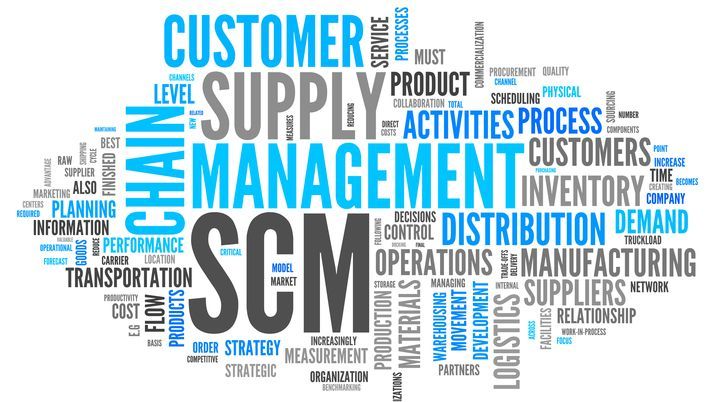As global trade keeps expanding and customer demands are getting more complex with each passing day, supply chains need to evolve to meet the needs of the businesses they serve. The challenges the supply chain faces are getting more intricate, with more and more factors weighing in. This includes the increased number of routes that can and need to be serviced, loftier customer expectations, and cross-border trade complexities.
Let’s take a look at what supply chain managers need to be concerned about as they evolve their processes to stay competitive.
1. Improved Quality, Service, and Speed
Customer expectations have greatly changed during the last decade, especially in the retail industry. There, the bar is always being set higher, and that creates new supply chain challenges. This is why products delivered within the supply chain need to be of greater quality and delivery needs to be quick; often within only a matter of days.
Also, there’s additional market pressure to keep product sourcing in line with environmental and fair-trade concerns.
All these criteria add up to form a complexity of factors that need to line up to support the well-being and efficiency of the modern supply chain. Customer expectations are changing fast and supply chains need to keep up with them if they want to stay afloat in this very competitive environment.
2. Successful Planning Against Risks
A global supply chain also faces many challenges and risks precisely because customers are spread out across several time zones and myriad countries, and that requires careful management.
Also, travel conditions for the ordered products may be less than ideal due to many factors. Depending on the route and method of shipment, it’s not always easy to make sure that products that are fragile or require special handling will arrive undamaged at their destinations. And because there are multiple travel conditions that a supply chain might need to control for, it’s a major area of concern that requires specific solutions.
One such solution is to rely on a data logger to cloud system that can provide real-time visibility into product shipping conditions. With one in place, supply chain managers can measure things like temperature, humidity, light, and shocks to make certain that each tracked pallet or package doesn’t exceed the tolerances of its contents. And the data generated from the system can inform automation and process intervention to identify and prevent systemic issues that could threaten the performance of the supply chain.
3. Solutions to Address Multi-Channel Needs
The labyrinthic and complex challenges that modern supply chains face do not end here. Nowadays there are many more routes to market, which means that supply chain managers have more bases to cover between product sources and consumers. For example, brick-and-mortar retailers often need large storage locations that are in proximity to key metropolitan areas.
On the other hand, third-party marketplaces, such as Amazon, need tight compliance with their terms and conditions. Similarly, eCommerce websites have their own special requirements as well: they need quick last-mile delivery and local logistics. Dropshipping retail is also quite dependent on and demanding of international services, expecting them to be fast and reliable to ensure the goods get to their destinations intact and on time.
And customers don’t often think about what happens behind the scenes when they purchase a product. Regardless of how that item was meant to reach its destination, this entire process needs to happen quickly and safely, while also delivering a high level of customer satisfaction. This is why supply chain managers need to consider all factors, weigh the risks against the solutions, innovate and manage this multi-channel conundrum.
And as if these weren’t enough, managers also need to factor in rising costs to build and maintain such a complex supply chain. It’s important to note the prices for the transport of goods are going up, regardless if we’re talking about sea, road, or air routes. Apart from this, both manufacturers and suppliers are shouldering higher and higher labor costs, while raw materials are also getting more expensive.
With all this to consider, it’s certain that supply chains are currently going through rapid structural transformations worldwide, with innovations expected to address every single need that started arising in every single industry. For that reason, the logistics world as we know it may soon become a thing of the past, as innovations quickly replace old and ineffective solutions to supply chain issues worldwide.
